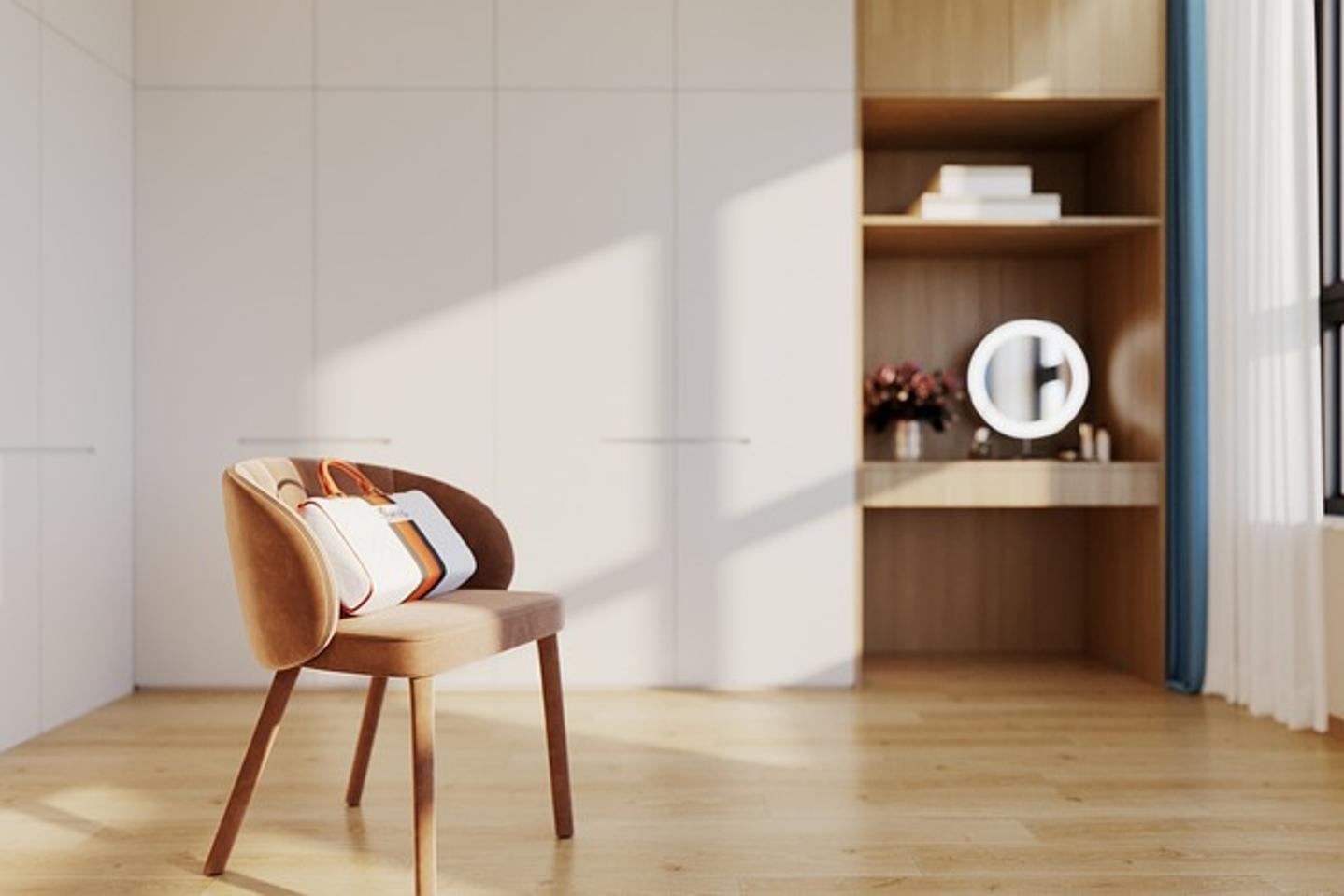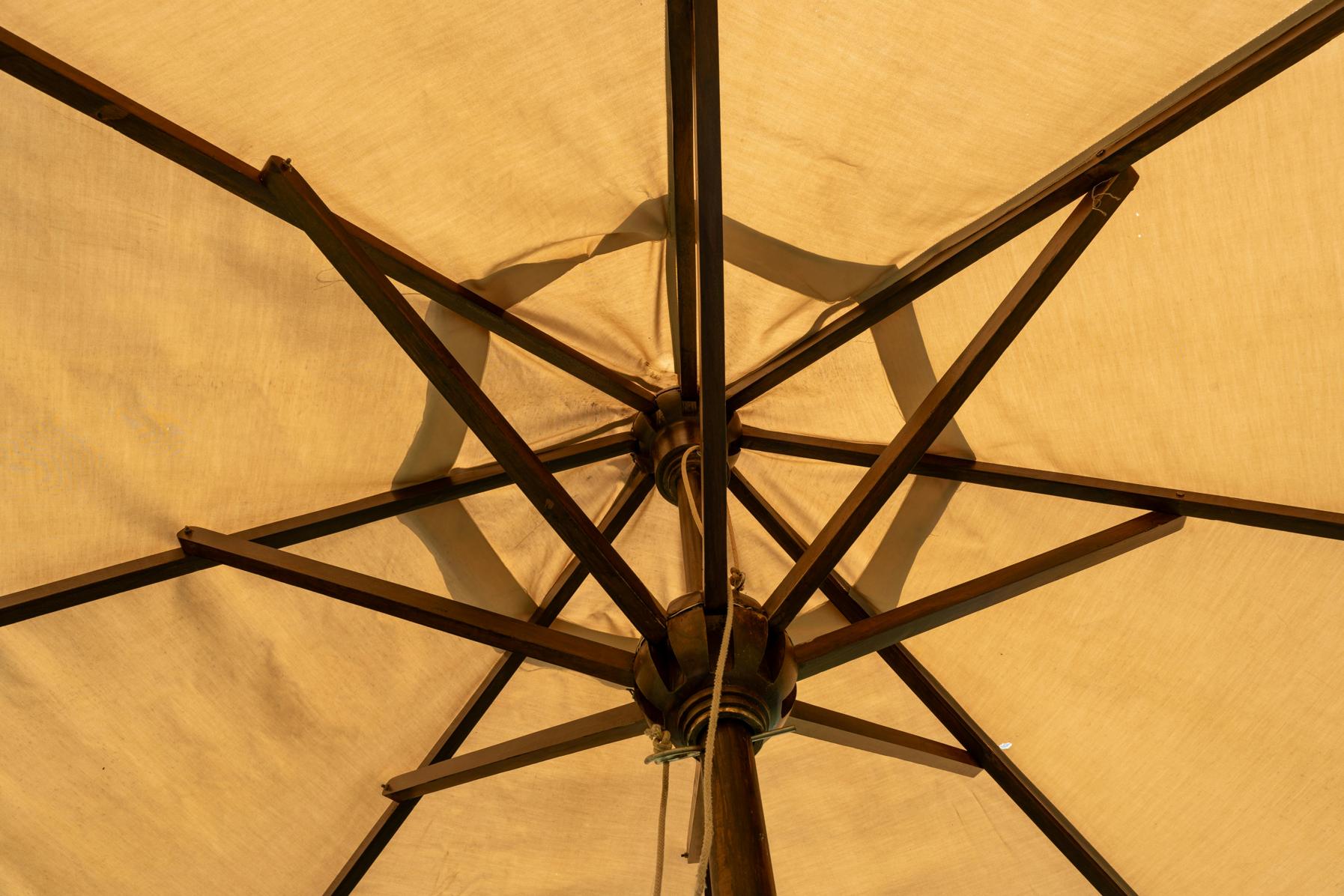Introduction
Outdoor furniture is an essential part of enjoying any patio, garden, or backyard space. However, without proper care, your furniture can succumb to weather damage, dirt, and wear and tear, shortening its lifespan. By understanding the specific needs of your outdoor pieces and implementing protective measures, you can ensure that your furniture remains in excellent condition for years to come. This guide will provide comprehensive strategies to shield your outdoor furniture from elements, clean and maintain it effectively, and store it properly during different seasons. Let’s dive into the steps you can take to protect your outdoor investment and enjoy a beautiful, functional outdoor space.

Understanding Your Furniture’s Needs
Every type of outdoor furniture, from wood to metal to synthetic materials, has unique requirements for upkeep and protection. Evaluating the specific characteristics of your furniture will help tailor the protective measures effectively. Wooden furniture, for instance, needs to be sealed to prevent water absorption and should be regularly oiled to maintain its finish. Metal furniture, while sturdy, requires protection against rust. Synthetic materials like resin and plastic are relatively low-maintenance but can still suffer from prolonged exposure to the sun and extreme temperatures. Recognizing these unique needs is crucial to implementing the right care strategies.
When choosing protective methods, consider the materials and construction of your furniture. Is it made from teak, aluminum, or a combination of both? Do the cushions and fabrics require specific cleaning agents? By knowing what your furniture is made of and how it responds to different environmental factors, you can choose the best products and techniques to extend its life.
Weather-Specific Protection Measures
Different weather conditions can cause various types of damage to outdoor furniture. Here’s how to protect against the most common weather-related threats:
Rain and Humidity Protection
Water can wreak havoc on outdoor furniture, especially wood and metal. Use waterproof covers to shield your furniture during rainy seasons. Ensure that your furniture is positioned on an elevated surface to prevent pooling water. Applying a water-repellent finish to wooden furniture can also help. For metal furniture, regular application of a rust-inhibiting primer is essential.
Sun and UV Damage Prevention
Prolonged exposure to sunlight can fade colors, weaken materials, and degrade finishes. Position your furniture in shaded areas when possible. Applying UV-protectant sprays can help guard against sun damage. Additionally, consider investing in patio umbrellas or canopies to provide added protection and keep your seating areas cool.
Handling Snow and Ice
Snow and ice can crack and warp furniture, especially if water seeps into small crevices and then freezes. During winter, it’s best to store your furniture in a garage or shed. If indoor storage isn’t possible, use durable, weather-resistant covers specifically designed for winter protection. Be sure to remove any accumulated snow to prevent excessive weight and potential damage.

Cleaning and Maintenance Basics
Keeping your outdoor furniture clean and well-maintained is essential for preserving its aesthetic and functional qualities. Here’s how to tackle the maintenance:
General Cleaning Guidelines
- Regularly dust furniture with a soft cloth to remove loose dirt and debris.
- Use a solution of mild soap and water for routine cleaning, avoiding harsh chemicals that can damage finishes.
- Rinse thoroughly with clean water after washing to remove any soap residues.
Spot Cleaning vs Full Cleaning
Spot cleaning is effective for addressing spills and stains without committing to a full cleaning session. Use a cloth dampened with mild soap solution for spot cleaning. For full cleaning, remove cushions and clean all surfaces, ensuring thorough drying before reassembling the furniture. Conduct full cleanings periodically to prevent buildup of dirt and mildew.

Using Protective Covers Effectively
Protective covers can be a lifesaver in extending the life of your outdoor furniture. Here’s how to choose and use them effectively:
Types of Protective Covers
Choose covers that are specifically designed for your furniture type. Waterproof, UV-resistant covers offer the best protection against a variety of weather conditions. Look for covers with air vents to prevent mold and mildew growth.
Proper Installation and Use
Ensure covers fit snugly over the furniture, securing ties or straps to keep them in place during windy conditions. Check for proper ventilation to prevent moisture buildup. Regularly clean the covers according to the manufacturer’s instructions to maintain their effectiveness.
Storage Tips for Covers When Not in Use
Store covers in a cool, dry place when not in use. Fold them neatly to avoid creases and potential damage. Use storage bags to keep them clean and organized.
Seasonal Storage Solutions
Seasonal changes can significantly impact outdoor furniture. Here are storage strategies to keep your pieces safe year-round:
Short-Term vs Long-Term Storage
Short-term storage involves protecting furniture during heavy rain or snow. Use durable, weather-resistant covers and ensure the furniture is dry before covering. Long-term storage, such as for winter, should ideally be indoors. Clean and dry furniture thoroughly before storing to prevent mold and damage.
Best Practices for Storing Cushions and Fabrics
Remove and clean all cushions and fabrics before storage. Store cushions in a dry, ventilated space, preferably in storage bags. Keep fabrics flat or rolled to prevent wrinkles and creasing.
Optimal Storage Conditions
Store your furniture in a dry, cool area away from direct sunlight. Ensure proper ventilation to prevent mold and mildew. Use protective padding if storing multiple pieces together to avoid scratches and damage.
Accessory Care and Maintenance
Outdoor accessories like umbrellas, canopies, and cushions also need regular care to maintain their functionality and appearance.
Cleaning and Protecting Umbrellas and Canopies
Clean umbrellas and canopies with mild soap and water. Allow them to dry completely before storing. Apply fabric protectants to enhance weather resistance.
Caring for Outdoor Cushions and Fabrics
Regularly clean cushions and fabric covers according to the manufacturer’s instructions. Use fabric protectants to repel water and reduce the risk of stains. Store cushions in a dry, ventilated space to maintain their shape and longevity.
Conclusion
Protecting outdoor furniture involves a combination of proper cleaning, using protective measures, and thoughtful storage solutions. By understanding the specific needs of your furniture and taking proactive steps, you can ensure your outdoor pieces remain beautiful and functional for years to come. Implement these strategies to enjoy a well-maintained and inviting outdoor living space.
Frequently Asked Questions
How often should I clean my outdoor furniture?
Clean your outdoor furniture at least once a month to prevent dirt buildup and address any weather-related damage promptly.
What type of cover is best for outdoor furniture?
Waterproof, UV-resistant covers specifically designed for your furniture type offer the best protection against the elements.
Can I leave my outdoor furniture outside all year round?
While some furniture is designed for year-round outdoor use, it’s best to use protective covers and consider seasonal storage to extend its lifespan.
